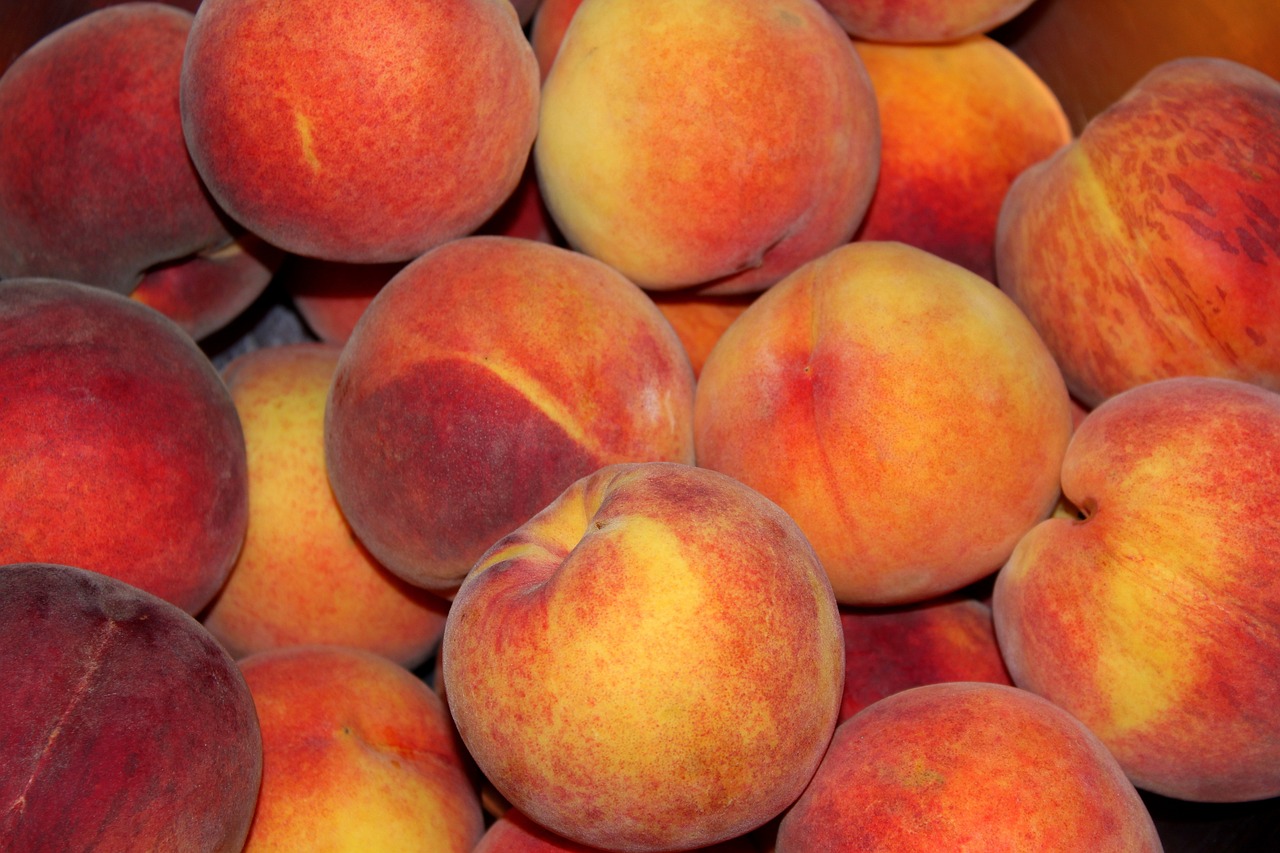The Joy of Foraging: Exploring Wild Foods and Edible Plants.
Foraging offers a myriad of benefits for individuals seeking to connect with nature and adopt a more sustainable lifestyle. By gathering wild foods, foragers can enjoy fresh, nutrient-rich ingredients straight from their natural source. These foods are often free of pesticides and additives, providing a healthier alternative to store-bought produce. Engaging in foraging activities also promotes physical activity and mindfulness, as individuals immerse themselves in the natural environment while searching for edible treasures.
Furthermore, foraging fosters a deeper appreciation for the environment and encourages a sense of stewardship for the land. By learning to identify different plant species and ecosystems, foragers develop a stronger connection to the earth and gain valuable knowledge about local flora and fauna. This hands-on experience can lead to a greater understanding of the interconnectedness of all living beings and the importance of preserving biodiversity for future generations.
Different Types of Wild Foods
Wild foods come in a diverse range of varieties, offering a plethora of flavors and nutrients that are not commonly found in cultivated foods. Some common types of wild foods include berries, nuts, roots, and leafy greens. Berries such as wild strawberries, blackberries, and elderberries are packed with antioxidants and vitamins, making them a delicious and healthy addition to your diet.
Nuts like acorns, walnuts, and chestnuts are rich in healthy fats, protein, and minerals. They can be foraged and incorporated into both sweet and savory dishes. Roots like dandelion, burdock, and chicory offer a unique earthy flavor and are often used in teas or as a nutritious addition to salads. Leafy greens like lambsquarters, purslane, and wild lettuce are abundant in vitamins and minerals, adding a burst of freshness to any meal.
What are some benefits of foraging for wild foods?
Foraging for wild foods allows individuals to connect with nature, provides access to fresh and nutritious foods, and can be a sustainable way to supplement one’s diet.
What are some different types of wild foods that can be foraged?
Some different types of wild foods that can be foraged include berries, nuts, mushrooms, greens, and edible flowers.
How can I ensure that the wild foods I forage are safe to eat?
It is important to properly identify wild foods before consuming them to ensure they are safe to eat. Using a field guide, seeking guidance from experienced foragers, and starting with easily identifiable plants are all ways to help ensure safety.
Are there any precautions I should take when foraging for wild foods?
Yes, it is important to forage in areas that have not been treated with pesticides or other harmful chemicals, to avoid foraging near roadsides or polluted water sources, and to be cautious of poisonous lookalikes when identifying wild foods.
Can foraging for wild foods have a positive impact on the environment?
Yes, foraging for wild foods can have a positive impact on the environment by promoting sustainability, reducing food waste, and supporting biodiversity in ecosystems.





